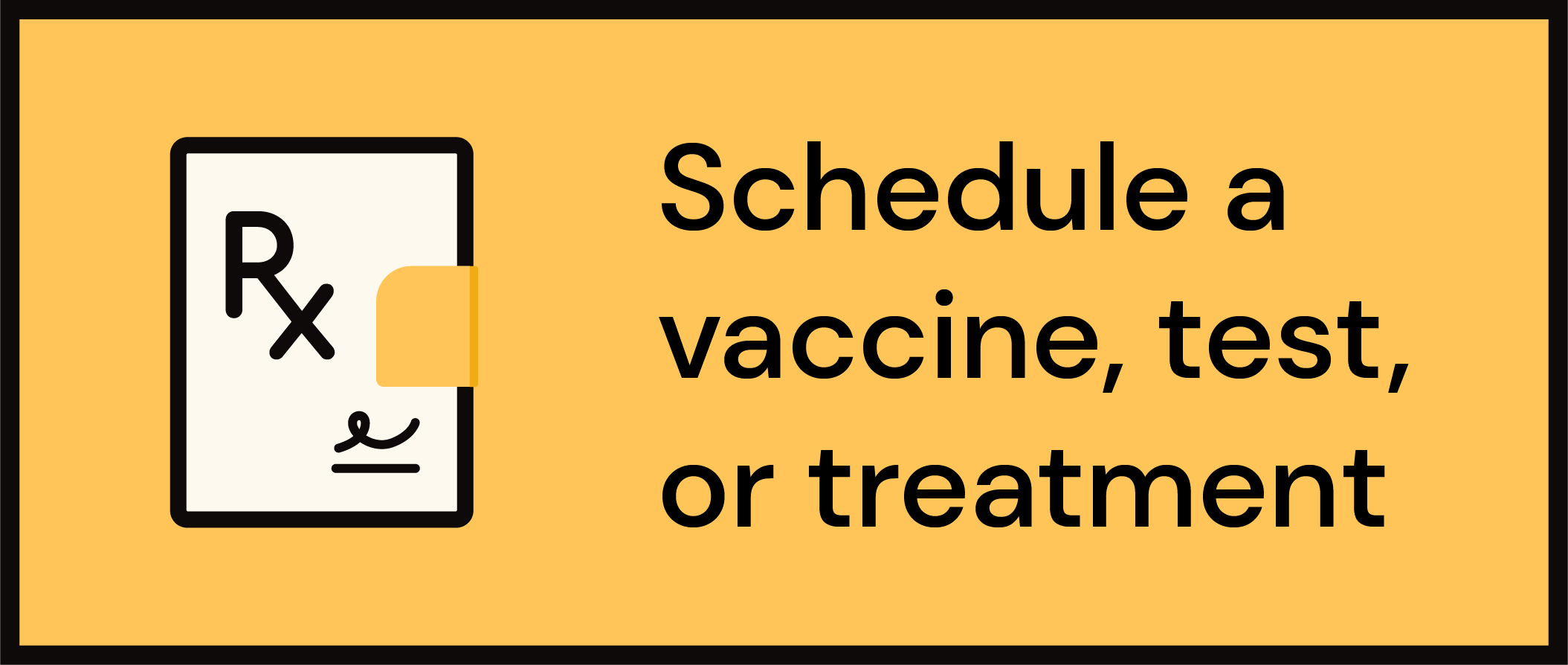Get Healthy!

- Denise Mann
- Posted June 28, 2023
Forty Percent of U.S. Girls, Young Women Are Iron Deficient
Nearly 4 out of 10 girls and young women aren't getting enough iron and they may have their periods to blame, a new U.S. study shows.
Menstrual bleeding, especially when heavy, is a major risk factor for iron deficiency and iron-deficiency anemia, the researchers explained.
There are health consequences associated with being low in iron, noted study author Dr. Angela Weyand, a pediatrician at the University of Michigan Medical School in Ann Arbor. "Iron is important in the making of red blood cells, but also has multiple roles outside of this. We know that iron deficiency can cause many issues including problems with sleep, cognition, energy level and mood,"she said.
In addition to blood loss from menstruation, many young women may not be getting enough iron in their diet, especially vegans and vegetarians.
"Studies have shown that dietary iron intake in the U.S. has dropped over the past decade,"she said. "Meat, fish and poultry are high in heme iron, which is the most easily absorbed, but non-heme iron can be found in many fruits, vegetables and nuts."
For the new study, Weyand and her colleagues looked at data on the iron status of nearly 3,500 females aged 12 to 21 who were part of the U.S. National Health and Nutrition Examination Survey (NHANES) in 2003 to 2010 and 2015 to 2020. Overall, just shy of 40% of this group was deficient in iron, and 6.3% had anemia. Iron-deficiency anemia occurs if you do not have enough iron in your body.
Iron deficiency can be diagnosed by a simple blood test, Weyand said. "Ferritin is the lab most commonly ordered and reflects our body's storage of iron," she said. "If low, you may benefit from supplementation and many multivitamins also contain iron."
The study findings were published June 27 in the Journal of the American Medical Association.
Dr. Deepika Darbari is a hematologist at Children's National in Washington, D.C. She often sees kids when they are anemic.
"Most of the time there are a few reasons for this,"she said. "They are not getting enough iron to make hemoglobin or they are losing blood."
The biggest source of blood loss in females? Menstruation, said Darbari.
"If you have heavy periods, you are at risk for iron deficiency and that combined with diet contributes to high rates of iron deficiency or anemia in this population,"she said.
Some chronic diseases may also affect the body's ability to absorb or use iron, Darbari noted.
There's lots to do to boost iron stores. "You can try diet, but most patients also need iron supplements, which can be given in addition to including more iron-rich food in the diet,"Darbari advised.
"Iron can be taken as pill or liquids, and if that doesn't work or you can't use iron properly, we can give an intravenous infusion,"Darbari added.
How do you know if you are lacking in iron? A simple blood test can tell you where you stand. Symptoms may include "pica," or cravings to eat nonfood items.
"If you are feeling tired or fatigued or suddenly start to get short of breath, these would also be signs or symptoms that point us toward iron deficiency,"she said.
The best protection against iron deficiency is to eat a healthy balanced diet replete with all nutrients including iron.
"If you are a vegan or vegetarian, you can include different beans, tofu and green leafy vegetables in your diet to make sure you are getting adequate iron,"Darbari said.
Talk to your pediatrician about a blood test for iron, especially if your periods are heavy. "You may need supplements as just diet changes may not be enough,"she explained.
More information
Learn more about iron deficiency anemia and how it is treated at the American Society of Hematology.
SOURCES: Angela Weyand, MD, pediatrician, University of Michigan Medical School, Ann Arbor; Deepika Darbari, MD, hematologist, Children's National, Washington, D.C.; Journal of the American Medical Association, June 27, 2032








